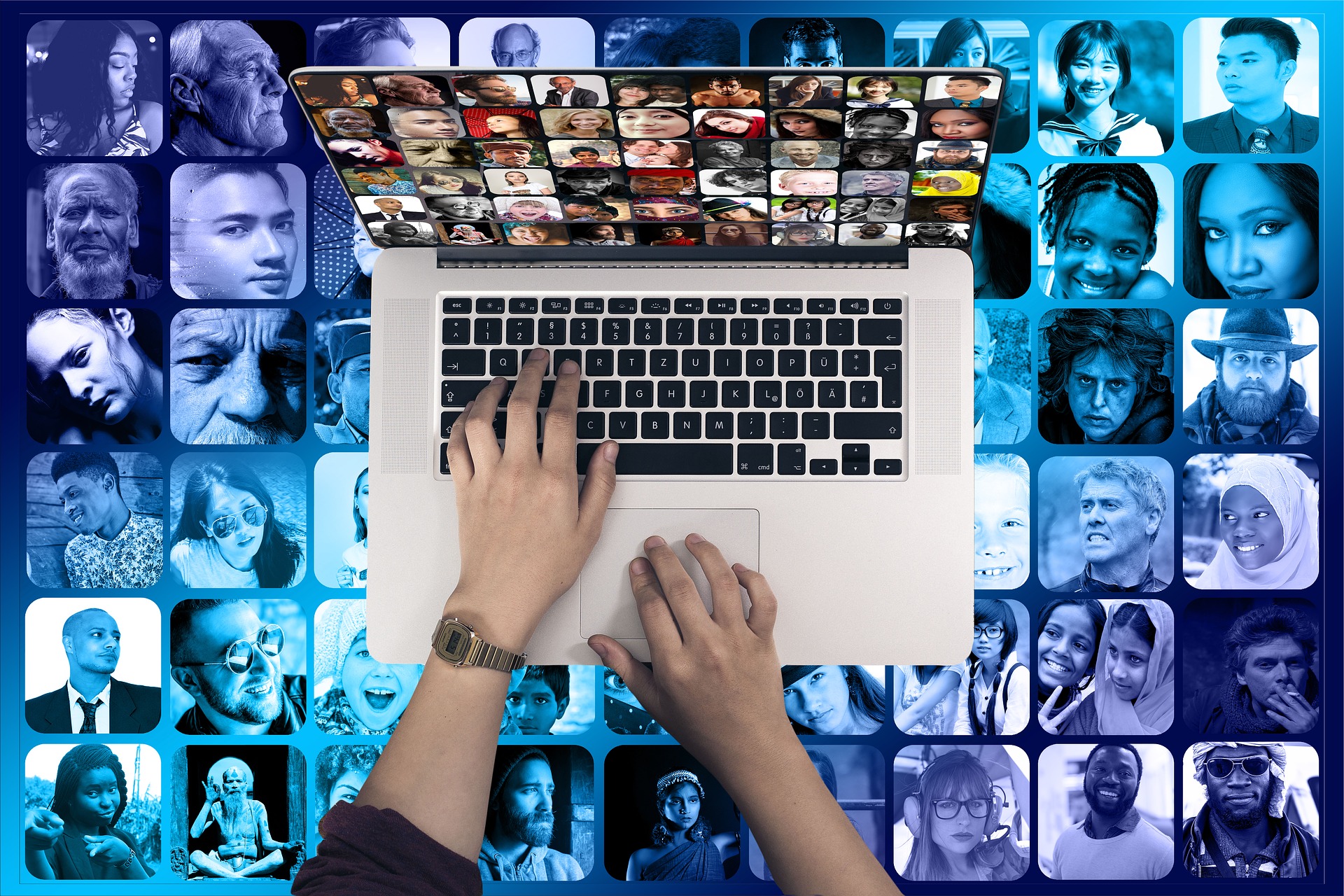AI and Machine Learning: Should We Embrace It?
18.02.2020
With the ongoing digital transformation of HR practices, there is an understandable amount of scepticism and reluctance to fully embrace automation in a practice that has nominally to do with humans. As many rightly point out, while machines can theoretically reduce or eliminate discrimination in hiring practices, they can also further perpetuate them.
Machine learning for many is a “black box” which is opaque and hard to understand. As such, any discriminatory practice unknowingly designed into the program is unlikely to be caught afterwards, as we rely on the machine to do the job for us. With people we can readily re-evaluate practices, but for AI it is much more difficult to even notice the problem, let alone correct it.
While automation and machine learning may sometimes seem like they take the human element out of recruitment, they need not be taken as decision-makers in themselves. They can be powerful tools to screen for top candidates quickly and easily, especially where they improve heuristic and often biased methods people use to interpret and compare academic qualifications.
People often fall prey to biases without realising. They can be “anchoring” by comparing later applicants to the standards of the first CV they read, unconsciously favour a graduate from their own university over a rival one, or have tunnel vision on one specific characteristic over others. Without AI informing decisions, such decisions are often arbitrary and purely subjective.
Machine learning has a very clear place in HR by providing an objective standard; the question then becomes where the standard comes from. To avoid risk of inadvertent discrimination, it is sensible to provide information which is standardised and succinct, not providing any information about an applicant which is irrelevant to the criteria, such as age, gender, or race.
Furthermore, AI systems and algorithms must be ensured to be robust and periodically reviewed to ensure they are fit for purpose, calling for a team who understands what they are designing, how to improve them, and the implications of their decisions.
When such due diligence and risk assessment is done, the implementation of AI and machine learning serves as a powerful complement to the humans using it, not as competition. Far from being a replacement for human intuition and judgment, it calls for data literacy and integration into HR decision-making. The earliest firms which fully grasp this will prove to be the most competitive and productive as we move forward into the future of HR transformation.

